Yesterday I wanted to try again shooting instant film with my Sinar Norma. A friend of mine kindly came over as I needed a face to work with. I had different goals for this test, I wanted to verify the following:
- Impossible film actual ISO value
- My new light meter accuracy
- Wether if my 360mm lens works good for indoor portraits in limited space
- Better sharpness compared to Polaroid cameras’ lenses
- Advantages of full control of flash, aperture, speed
- Workflow
The way I shot instant film in a 4×5 camera is not that complicated. I get in total darkness and I stick the unexposed film in the 4×5 film holder with a piece of tape, and then I slide over the mask as one would usually do with sheet film. I note on the film holder what kind of film I sticked into it just to not mess things up. I also mark how many film I take from each film pack so I always know how many there are left. I need this because I might happen to use those film packs in Polaroid Cameras and it’s really annoying when you are not sure how many shots you have left.
“I stick the unexposed film […] with a piece of tape”
What I have to do before shooting obviously is to frame my subject, put it on focus, measure light and choose my settings. All of these steps are done as usual but framing. The ground glass is supposed to work for 4×5″ film, so to be more sure about what I am framing I cut out a Polaroid shaped mask that I sticked on the glass, its position is pretty accurate this way.
The Polaroid shaped mask sticked on the ground glass as a guide.
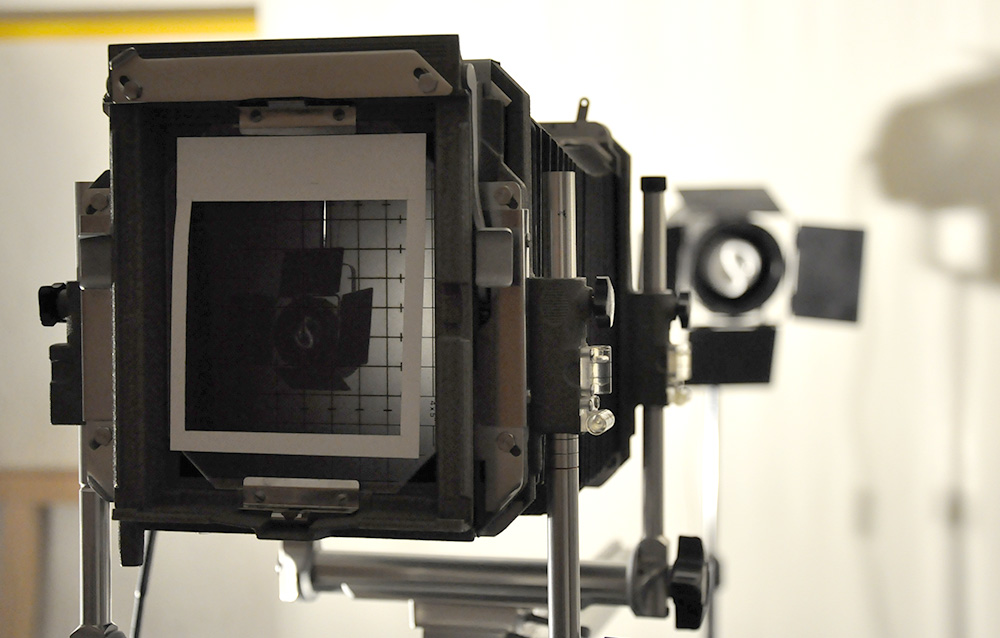
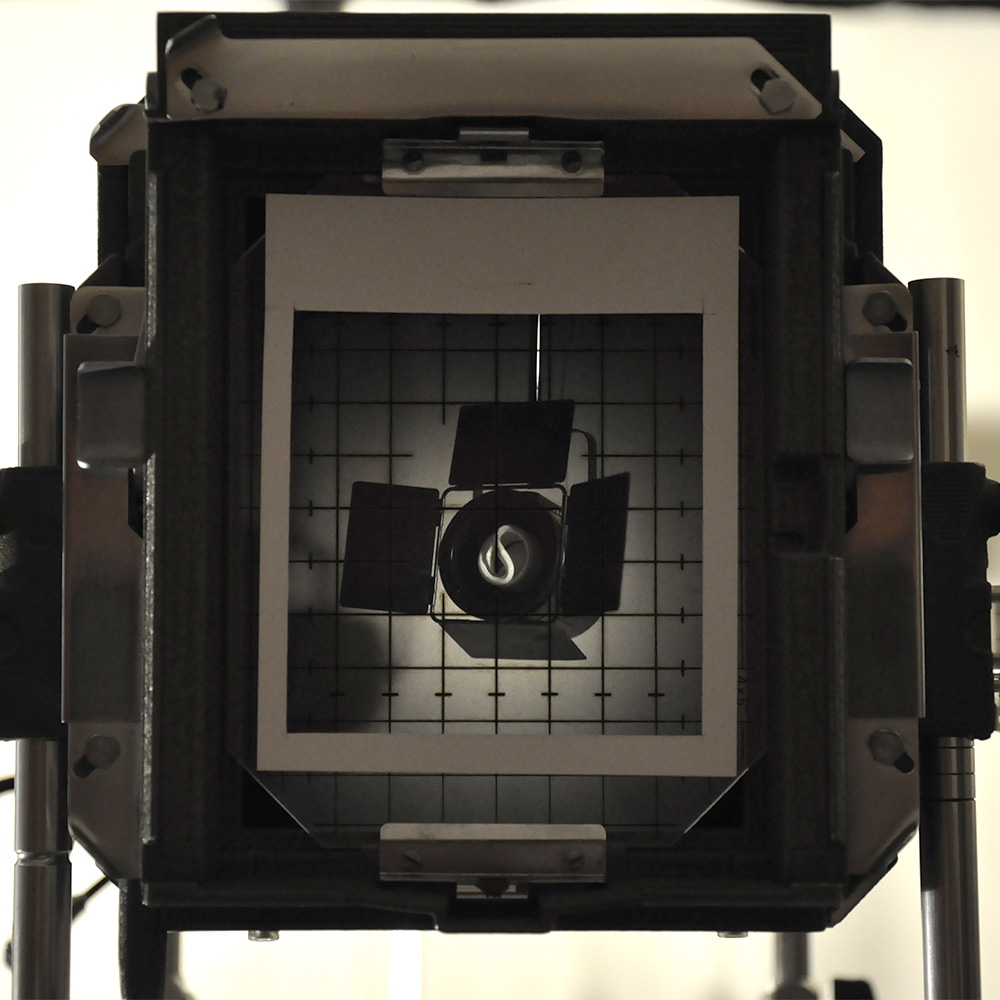 How you get to see the image on the ground glass. The mask is sticked upside down so it will be upside up on the picture. But since there is no mirroring as supposed for Polaroid cameras the image will be horizontally flipped.
How you get to see the image on the ground glass. The mask is sticked upside down so it will be upside up on the picture. But since there is no mirroring as supposed for Polaroid cameras the image will be horizontally flipped.
The set up for the test is really simple: black background and two flashlights.
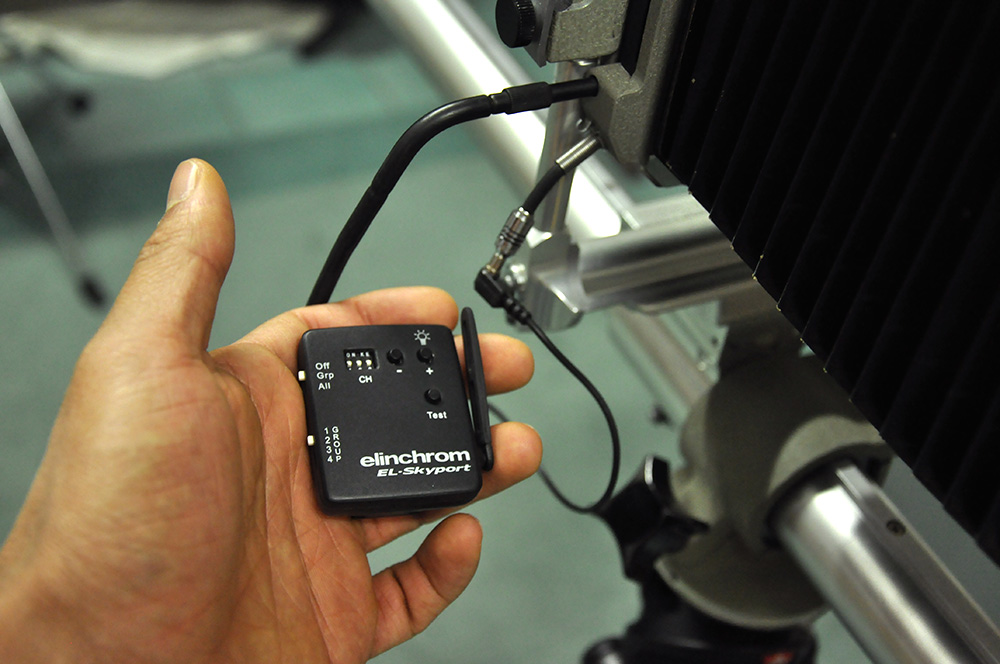 I use this baby to light my flashes wirelessly
I use this baby to light my flashes wirelessly
Once I’m ready to shoot I have to put the film holder in front of the ground glass, close the shutter manually, remove the mask from the film holder, release the shutter, put the mask back in and it’s done. To develop the picture I will have to use a changing bag or get in total darkness (good thing this tiny photo studio is set in my darkroom), put the film in an empty film pack and put the film pack in a Polaroid camera. At this point the camera will eject the film trough its rollers, starting the development.
When my friend Kate arrived I already had 4 Impossible PX600 black frame poor pod film ready to shoot which I rated at ISO 640. I immediately noticed that the focal lenght I was using was too long for that close distance. I managed focusing only because I recently bought a longer rail on which the camera stands, even though the bellows are pulled to their limits. So, with that lens (360mm) I could only frame her face, I was expecting to frame more of her but it’s not that bad as with Polaroid cameras is impossible to get a face that close in focus and without distortion. Ok, here’s the pictures:
Here’s Kate. This one was shot in digital.
The last 4 pictures are shot on Impossible PX600 Black Frame Poor Pod. They were sold under priced two years ago because of their “poor pod” defect. It explains the uneven development streaks.
It seems that I got 3 underexposed shots, which I managed to correct for the fourth. The good thing with instant black and white film is that it develops pretty quickly so you can guess its ISO value and correct your settings before the next shot. I wanted to try a different lens that I got which is shorter, a SK 210mm f5.6 Symmar – Sinar DB lens. Sadly I do not have any control over the aperture, because there is a lever that has to be manipulated from the inside and so I guess I’d need a different shutter or something, so I can only use it at full aperture. But still, I wanted to try it and I really appreciated the wider framing it allowed. I shot 2 pictures with that lens on Impossible 600 color film. I assume it is slightly more sensitive than the indicated ISO 640.
First color shot, a bit overexposed.
An underexposed double exposure. Too bad I reduced the aperture that much.
I can tell I’m glad with these first results. I didn’t really experimented that much here but I got some information to think about. In terms of sharpness and control I see a big gap if compared to regular polaroid cameras. Being able to do multiple and long exposures with full control is no little thing here. I can also tell that my light meter works good and is really helpful when shooting film, especially when using flashes. The 360mm is good for closeups in that little space I had, but given one or two other meters of distance between camera and subject it can work perfectly for classic portraiture, and normally any studio has enough space for that.
The only bad thing is about the workflow. Shooting this way is extremely slow as you have to prepare every single film and develop it in a second moment. You are most likely constrained into indoor studio shoots since you need total darkness to develop the pictures, but if you really want to get outdoor it is not really a big problem. It takes some times between the setting of the frame and pose and the moment you can shoot, so if you shoot an animated subject you have to be really sure that it doesn’t move and doesn’t change expression. About the latter, it‘s really hard to understand if your subject is really ok by seeing it upside down. I guess it’s about getting used to this kind of view but for the moment it is really hard to me.
Next time I’m going to try to take advantage of control to take long exposures and tilt and shift, I’ll probably try to shoot outdoor. Stay tuned for more and comment if you want to know more or if you have suggestions.

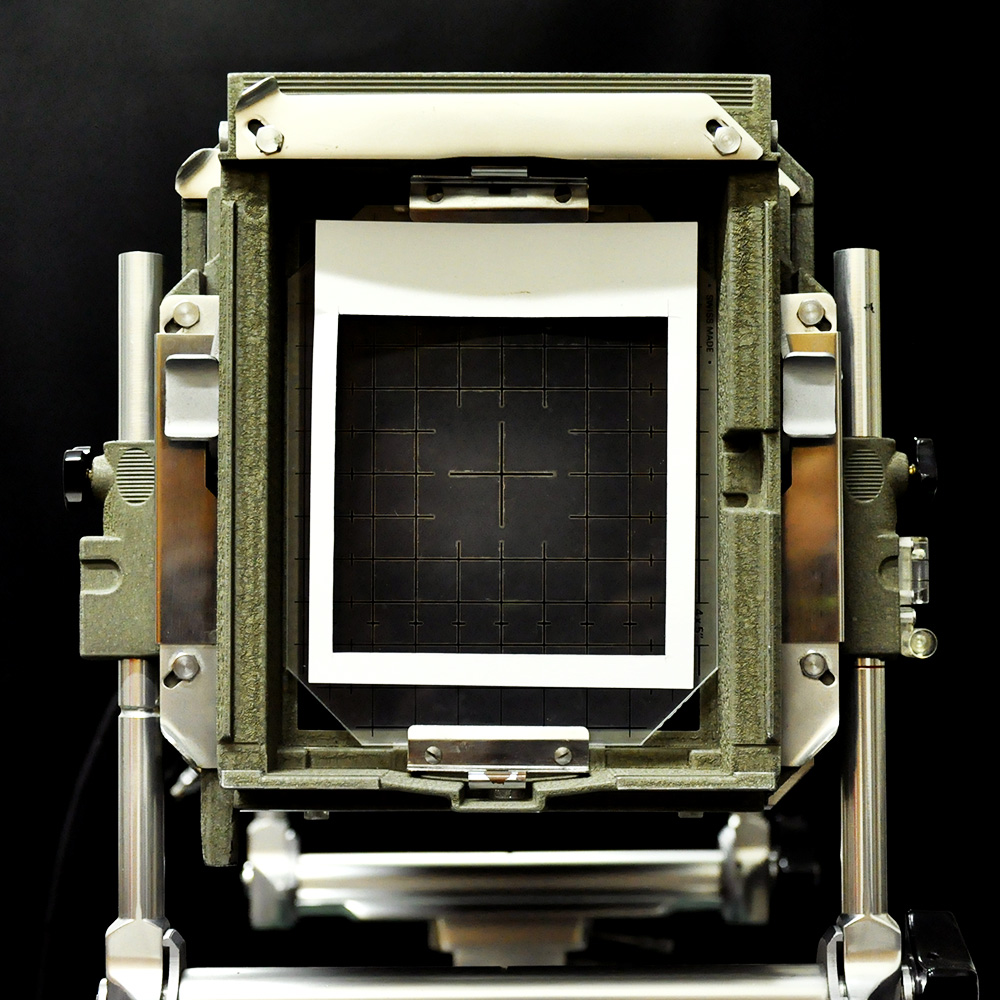
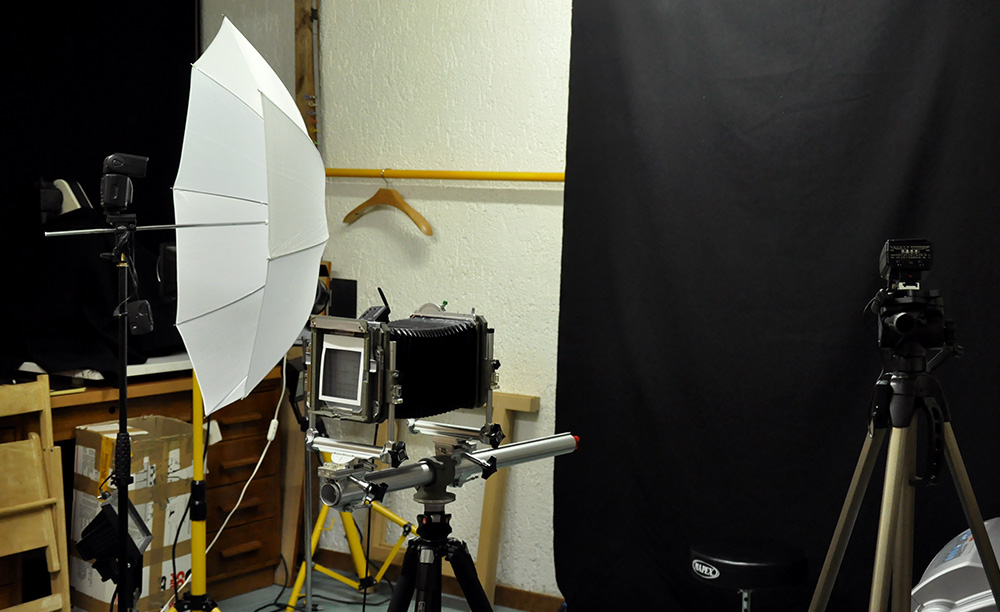


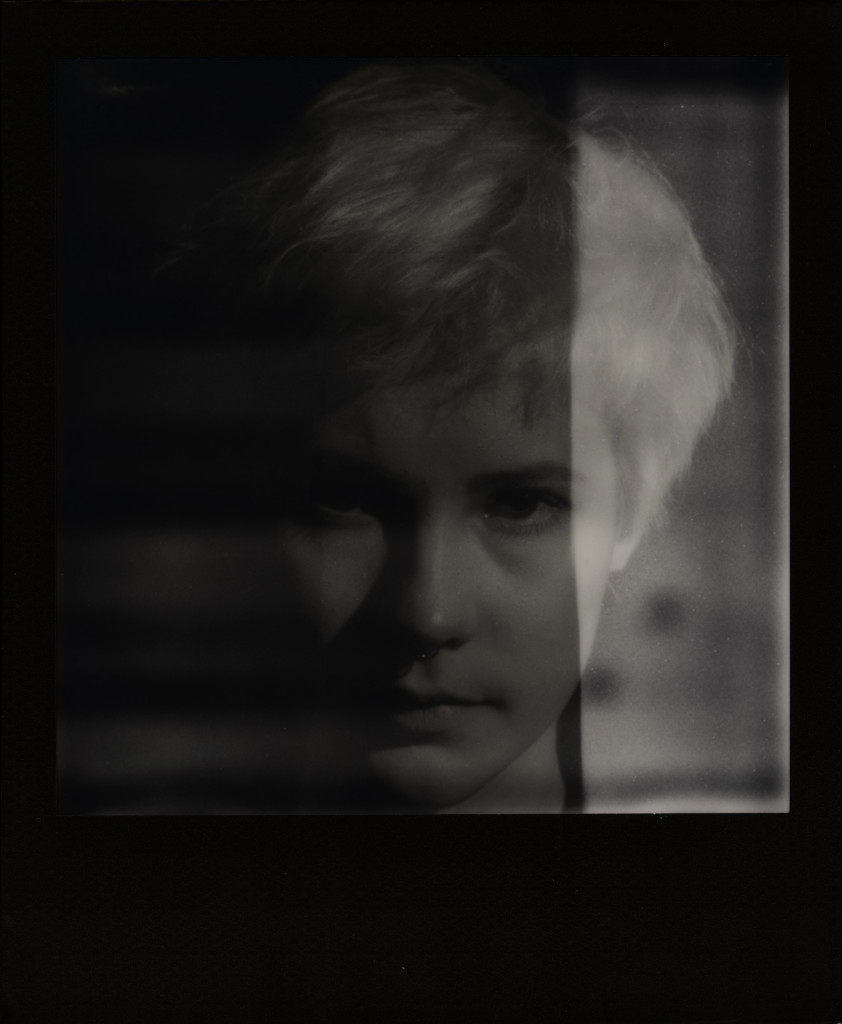
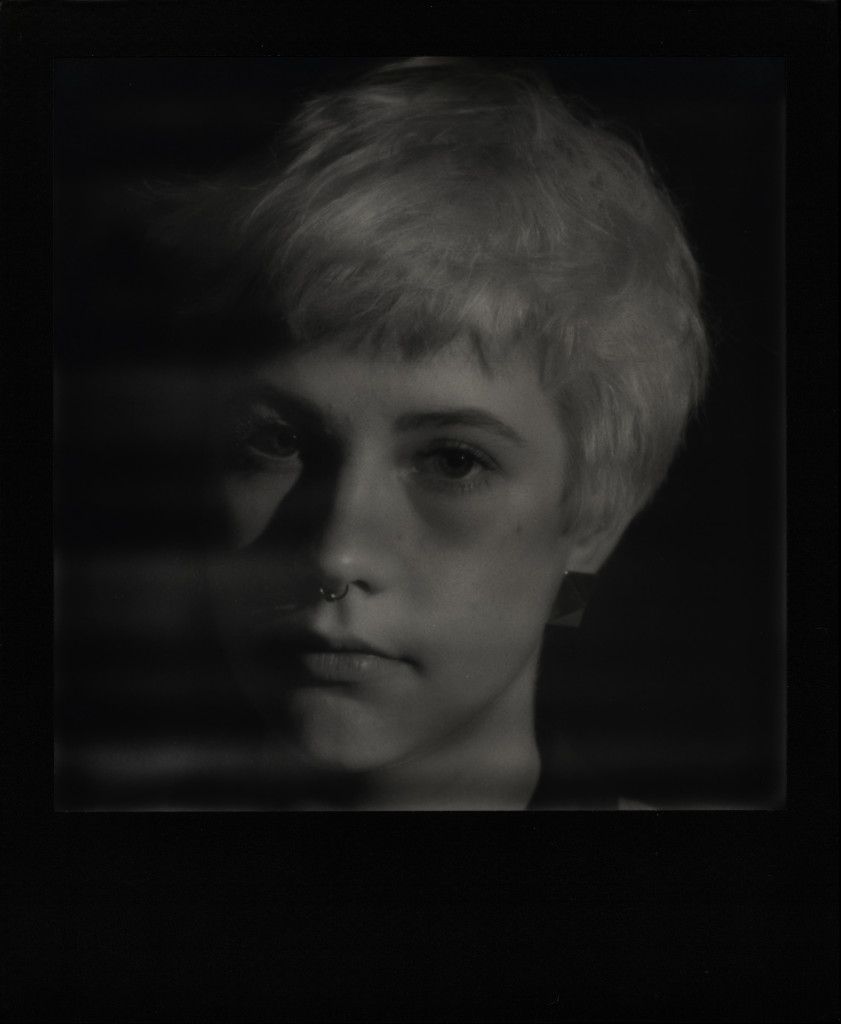
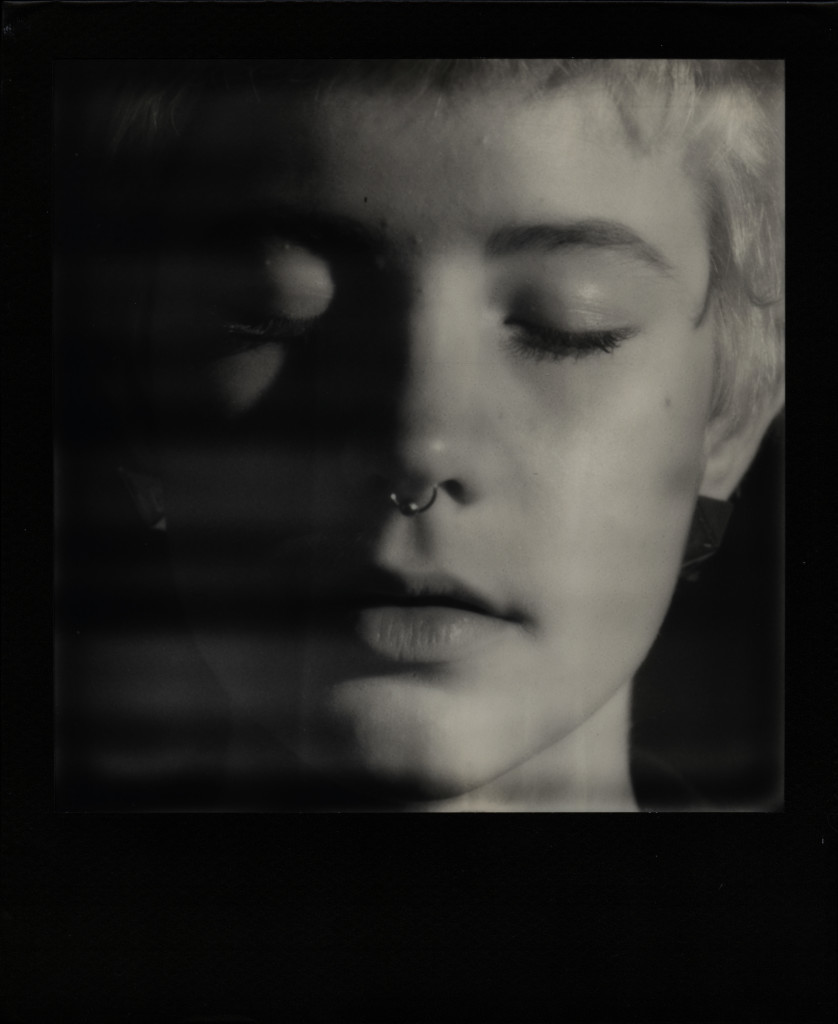
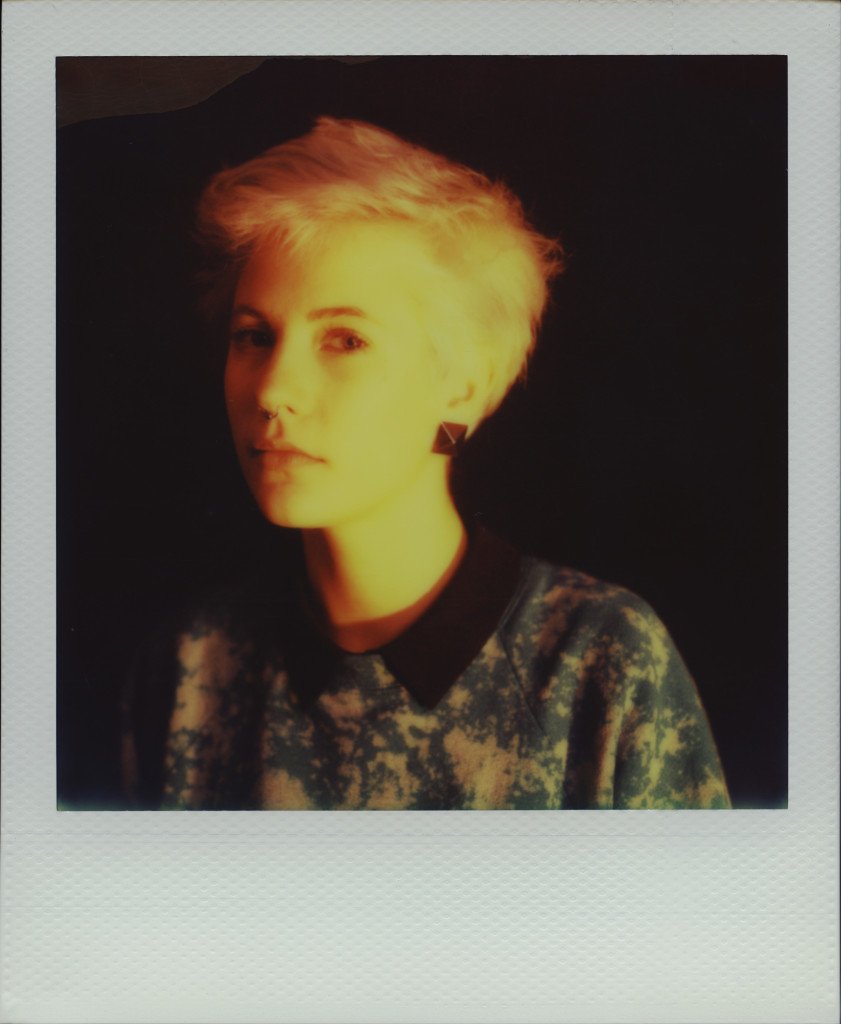
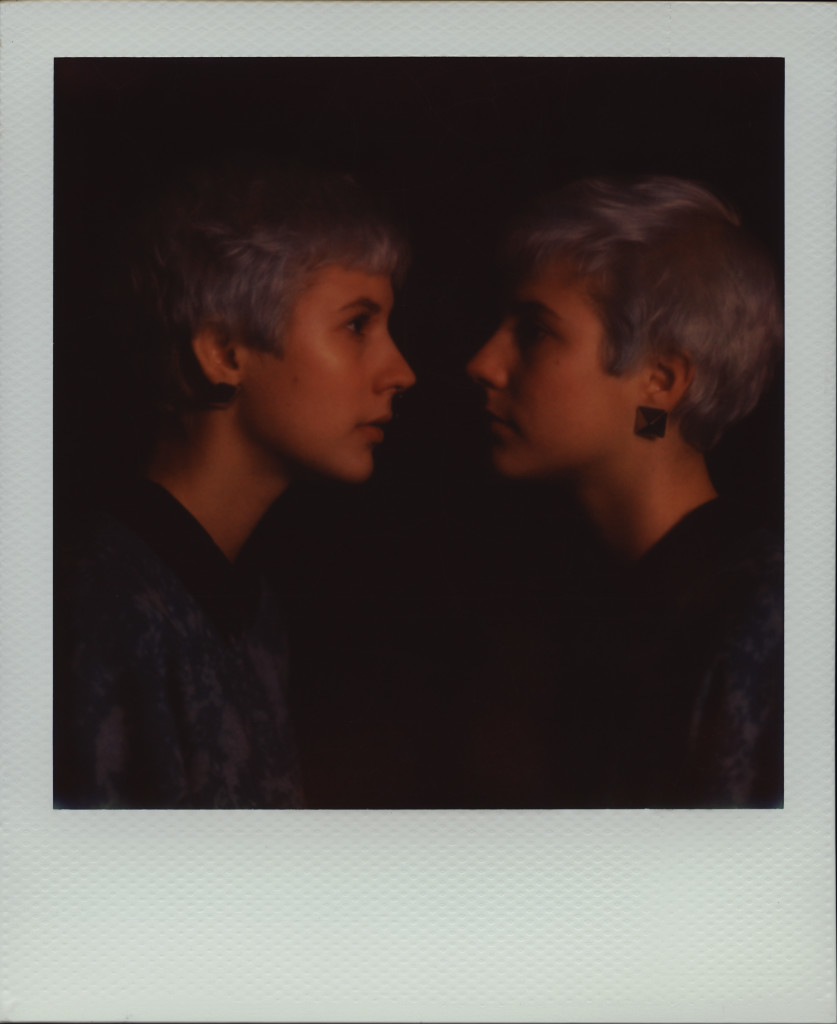
[…] it a try on 4×5″ color film (I only tested on 4×5″ black and white film and instant film in case you hadn’t read about it) and my mind was blown away from the result. The large size of […]